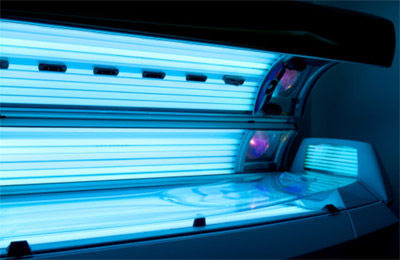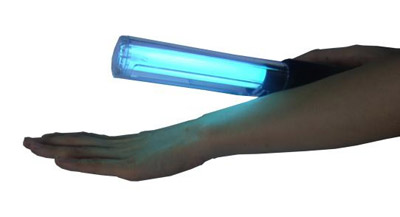75 out of 100 people experienced very mild psoriasis by 12 weeks, because of the treatment. People often begin to see improvement after 4 weeks. It can take 20-25 treatments for results. Results often last less than one year.
*For this treatment, we say “very mild psoriasis” instead of “excellent improvement”. This is because this study used a slightly different score to measure psoriasis severity.
(2/3 stars evidence)

